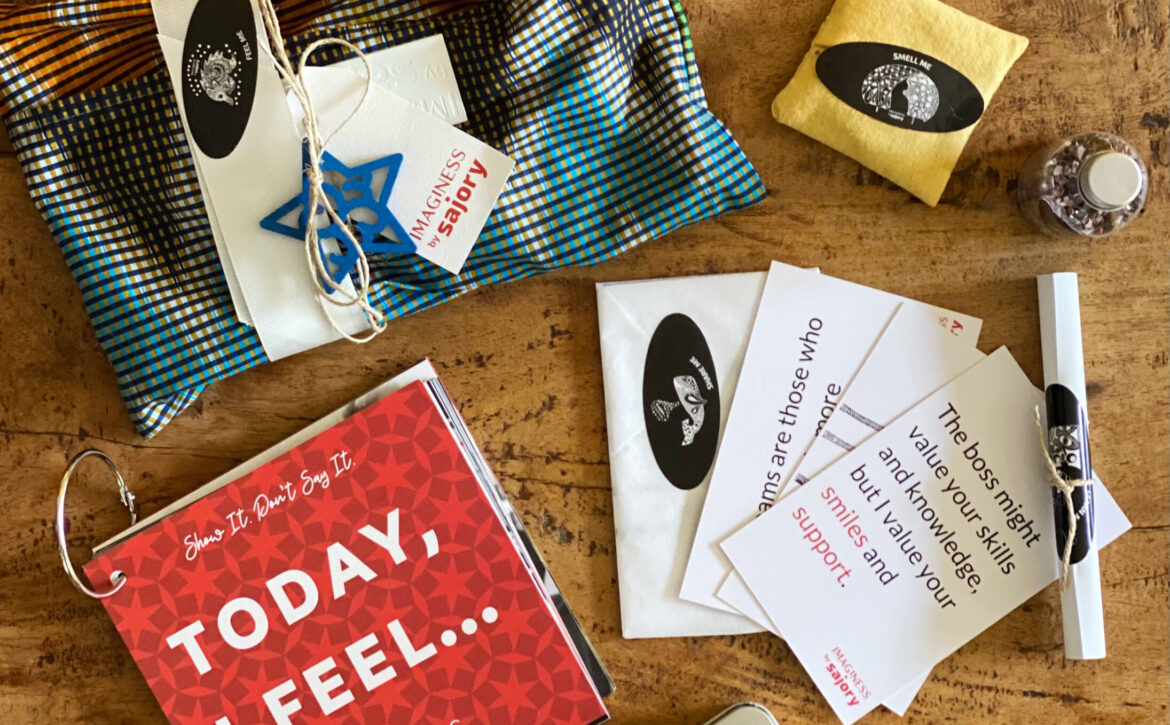As a child, I was very distracted with my experiments.
Me and my friends followed information like sniffing dogs. We had sponge-like brains that absorbed insight from all directions. What we lacked in knowledge we made up with imagination.
A day in my life would start after school. When I’m out discovering how the world worked and what can we do to get what we want. Once, obsessed with healthy hair, we created a 6-hour hair mask that included raw eggs, olive oil, vinegar and crushed garlic mixed with medicine pills. Another time, when introduced to aerodynamics, we designed a flying mechanism that included pink balloons and plenty of plastic bags up our arms. We were ready to test it from the roof of a four-story building. And when it came to finding excuses not to go to school, we thought of heating our bodies in the oven, just two degrees extra, and pretend we had fever. Those are some examples of me making sense of knowledge I gained from sources around you. Thank God no internet was available then. I’ll give you the results of these experiments in a minute. Stay with me.
How we absorb experiences and think differently?
As a highly kinetic learner, I seek constant stimuli. Well beyond what my environment is able to provide. I try not to get too comfortable in one place as that may stop the flow of inspiration. On the other hand, as a divergent thinker, I consider providing as much stimuli in the ideas I share or the solutions I consider.
When thinking divergently, we generate ideas that go well beyond the scope at hand. We associate ideas with other topics. We create analogies. We power up our imagination. This mode typically occurs in a spontaneous “non-linear” manner that makes it possible to have many possible solutions in a short amount of time and draw unexpected connections.
To stay the course of being truly divergent, we stay in this uncomfortable phase a little bit longer than the “regular” non-divergent people. We don’t stop on the first good-enough idea. We continue diverging until we get the best solution possible. Only when we demand to produce 10x more than what our brain expects, will it go out of its way to link unrelated concepts together, build on previous or others’ ideas, or see the unseen. We become the creative ideas we are producing.
I knew early in my life that I am a problem solver and I think through ideas differently. It came easy for me and I learned how to feed my brain so that ideas come in high quantity, on demand. My early life experiments came in handy as I learned a lot on how things worked. Here is my report card for the three examples I shared:
- After 3 to 4 experiments and finishing up all the eggs in the house, my best friend and I believe the hair mask worked. Our hair sample grew an inch after holding it hostage for 6 hours in that stinky aluminum foil. We measured the length of hair with a ruler. No need to repeat this experiment again. Take my word for it.
- My friends were not able to test the flying mechanism we invented. They were seen on the rooftop just before takeoff and one of their moms came at the last minute (during count down) pulling them both from the edge. I was waiting in my nearby home ready to put on my balloons and plastic bags before flying again from the backdoor so not to be noticed. After waiting for 30 minutes for a no-show, I knew something went wrong and thought they must have decided to jump in the pool instead.
- The original oven idea started with just heating our foreheads on the stove top so that we can show our parents we both had fever and cannot attend school that day. We then worried about burning our hair or that the rest of our bodies wouldn’t “heat up” properly and that our moms would touch our neck instead. My friend crawled inside the cold oven and I was supposed to turn it on. I couldn’t figure out how to start it. So I went to ask an adult. The adult was not thrilled by the idea at all. We stayed at 37 degree Celsius and couldn’t skip school that day.
I know you have plenty of stories from your early experiment years that explains how your brain worked in different ways. What happened since then? Where are your experiments now?
Do you honestly think you now know better?
😉
Refreshingly yours,
Randah


